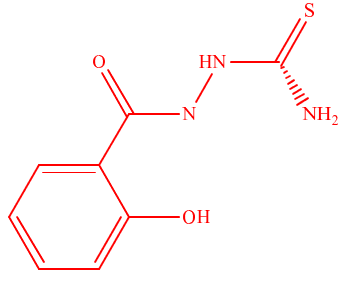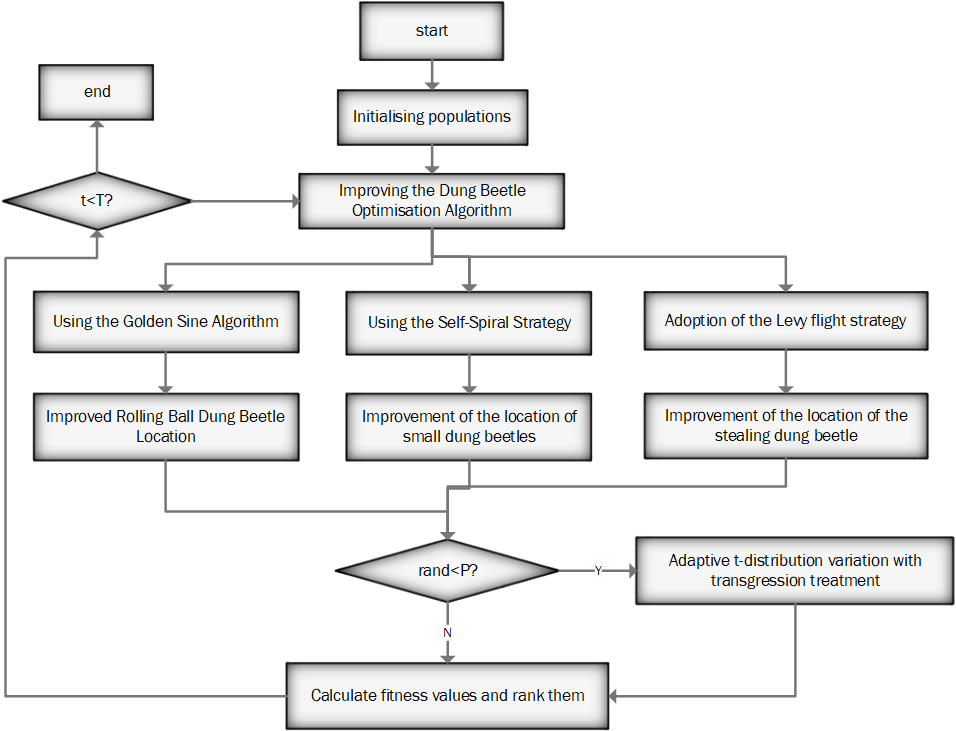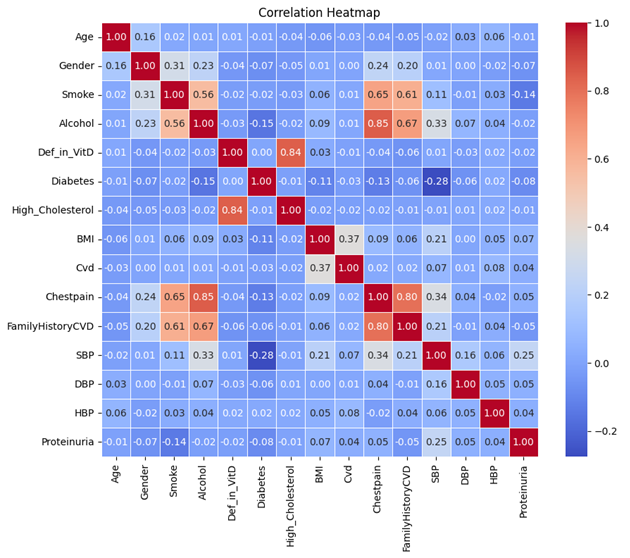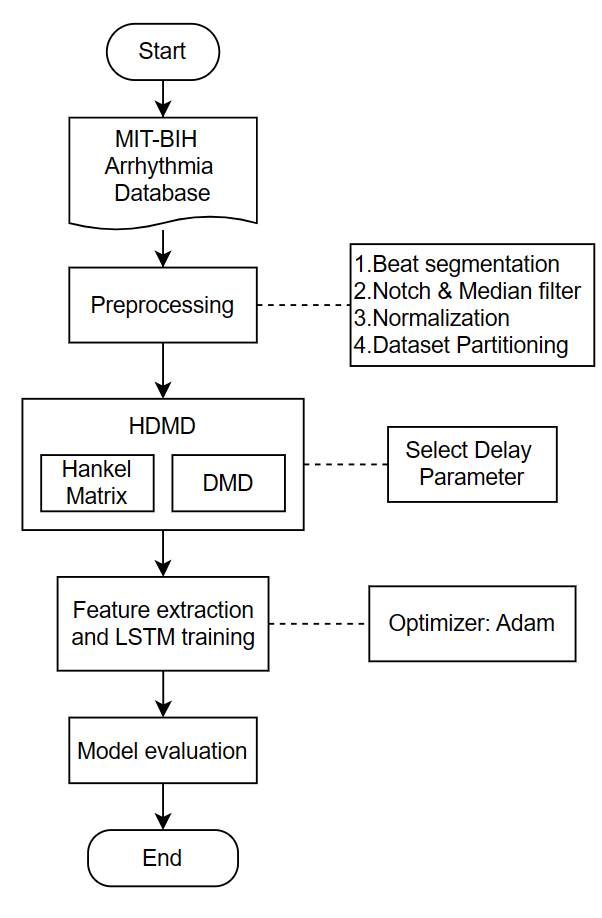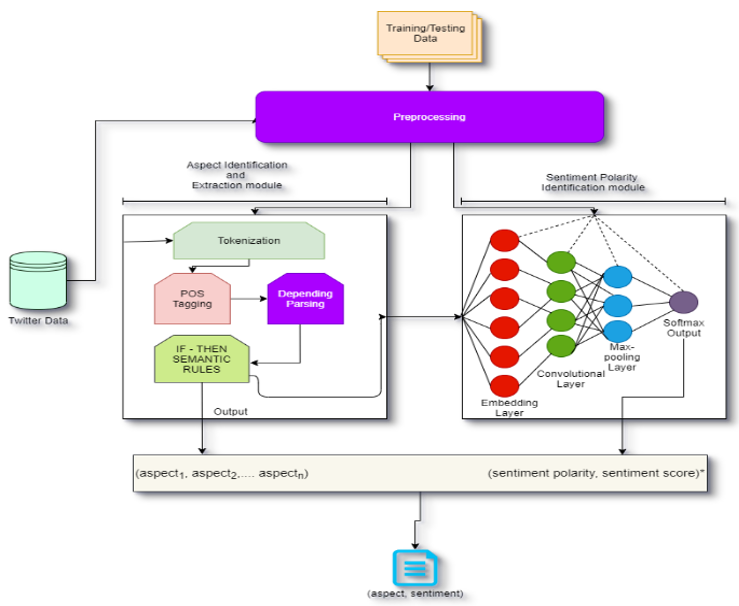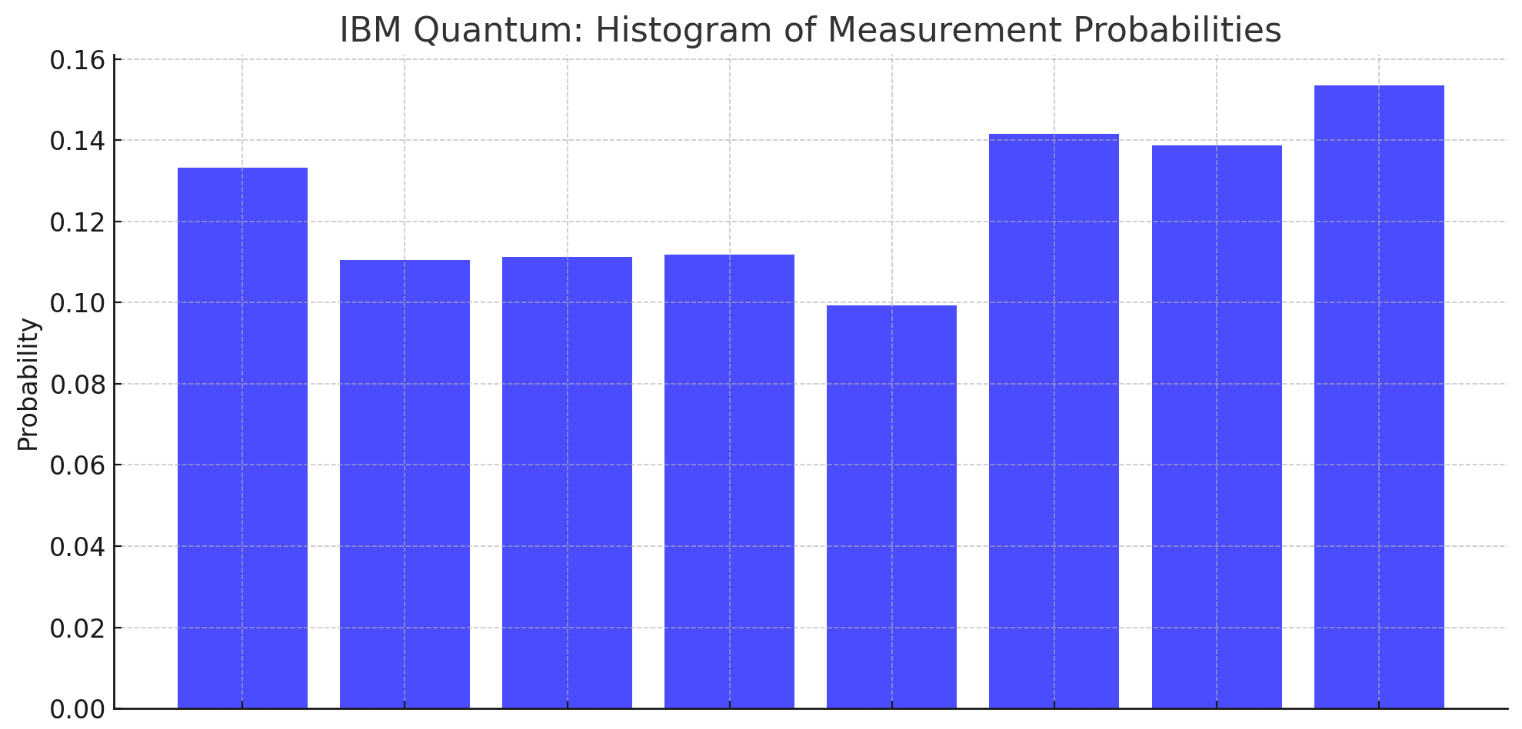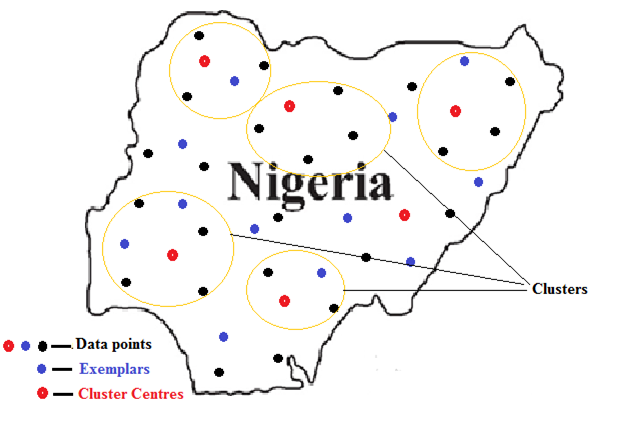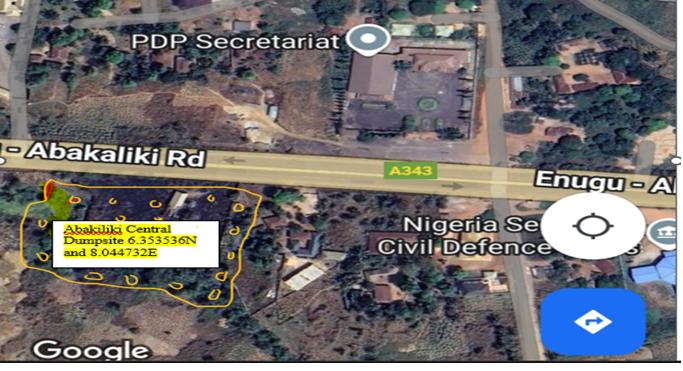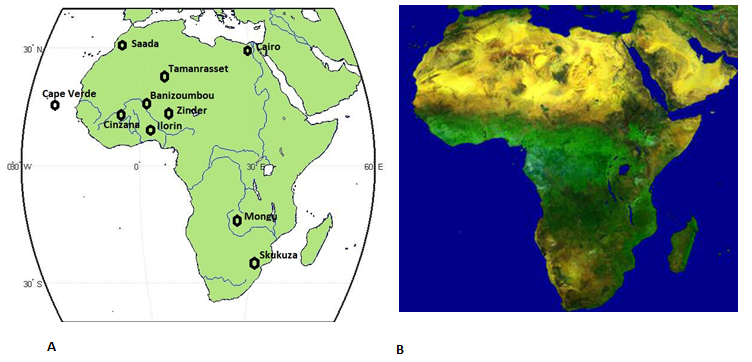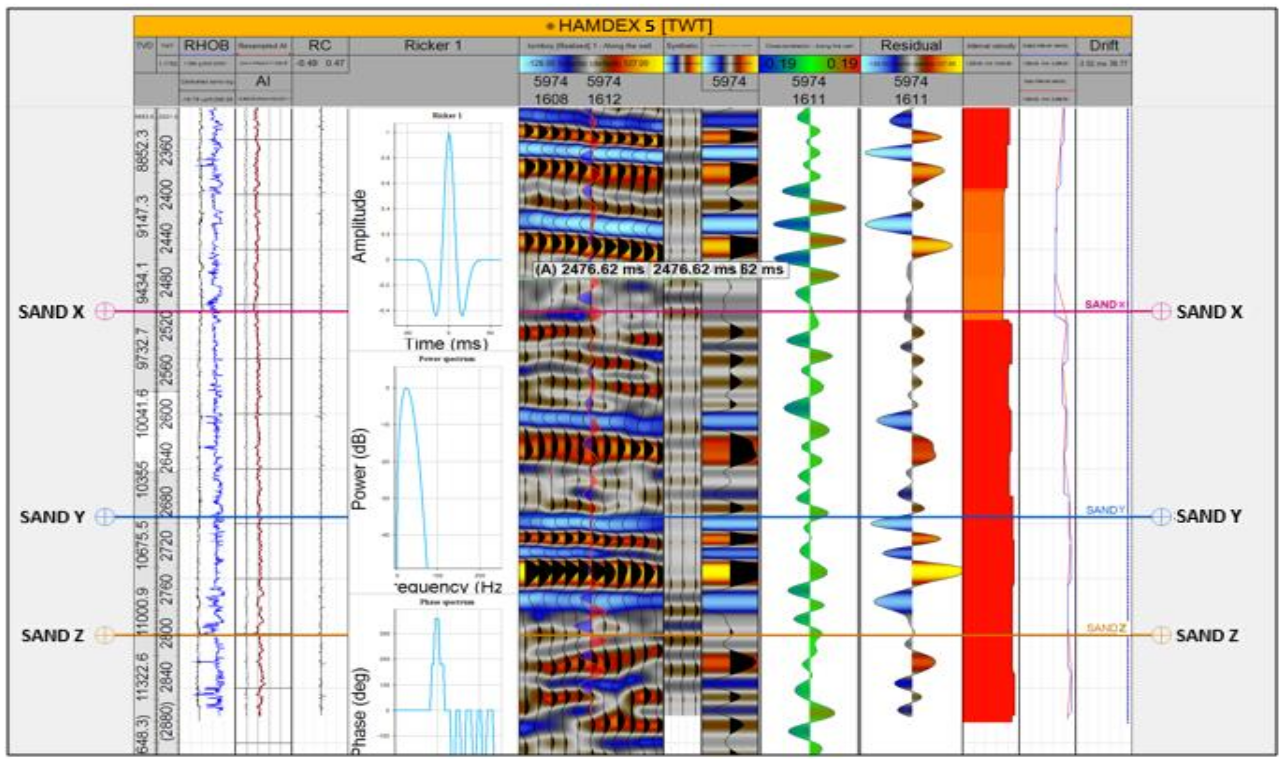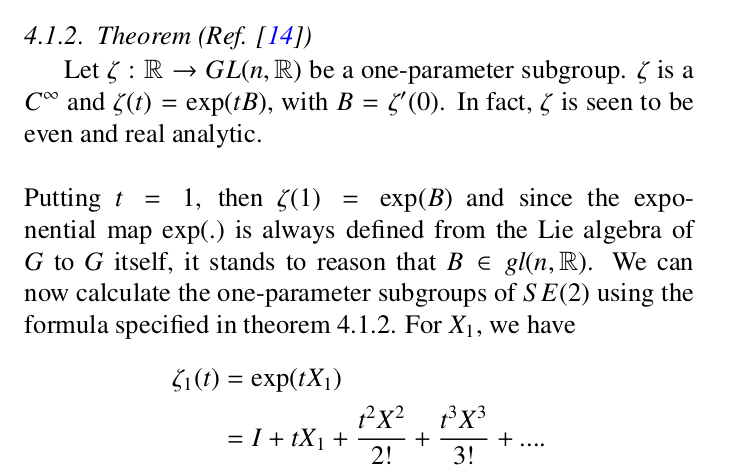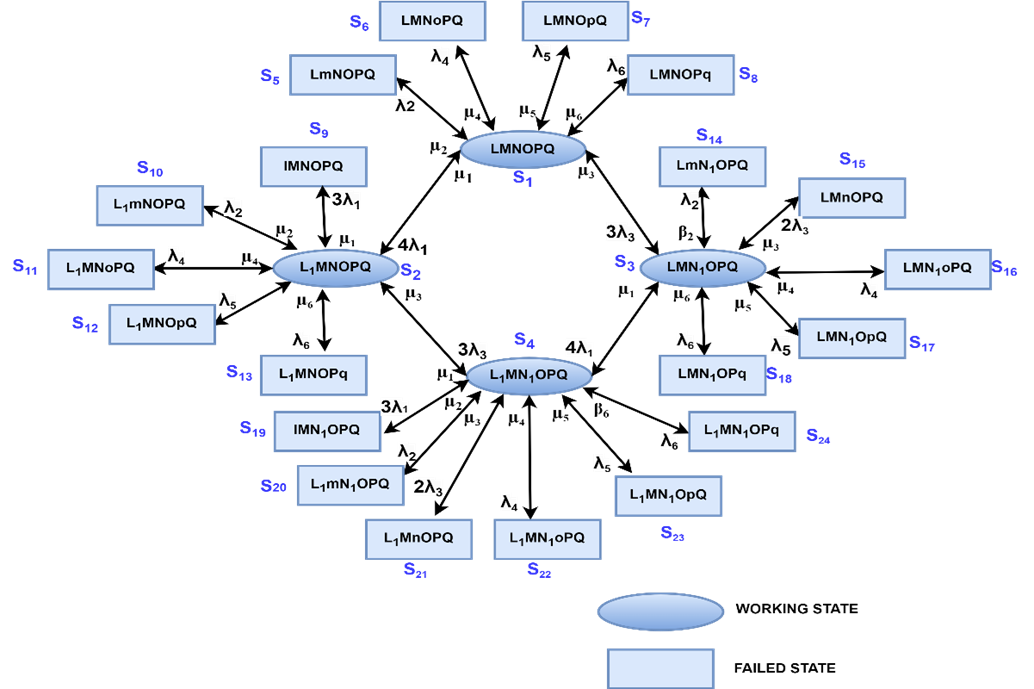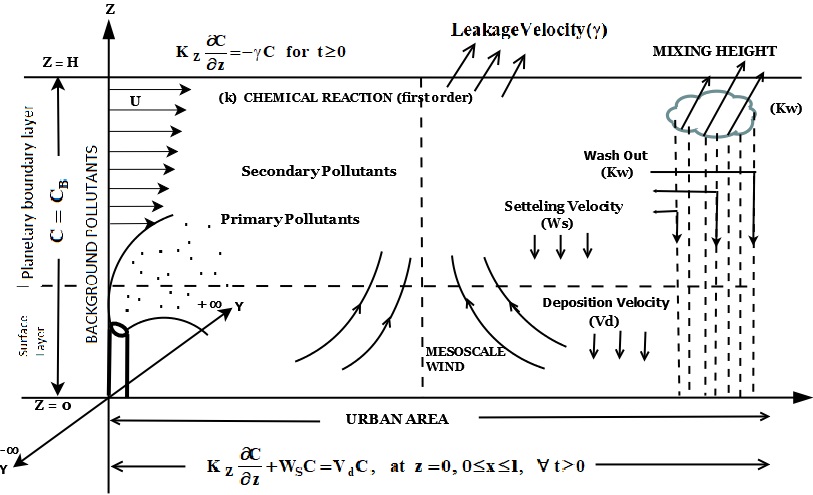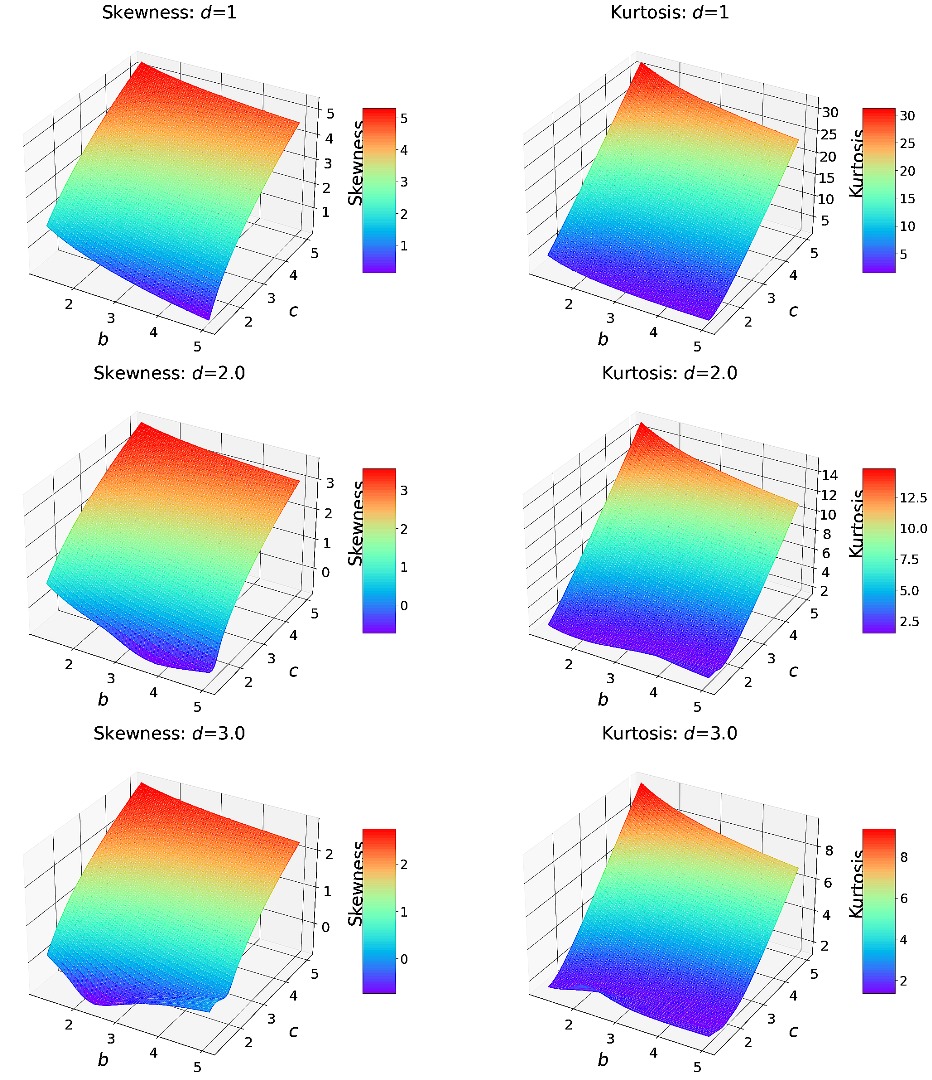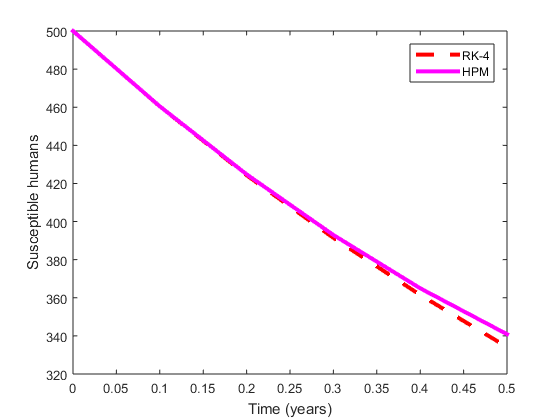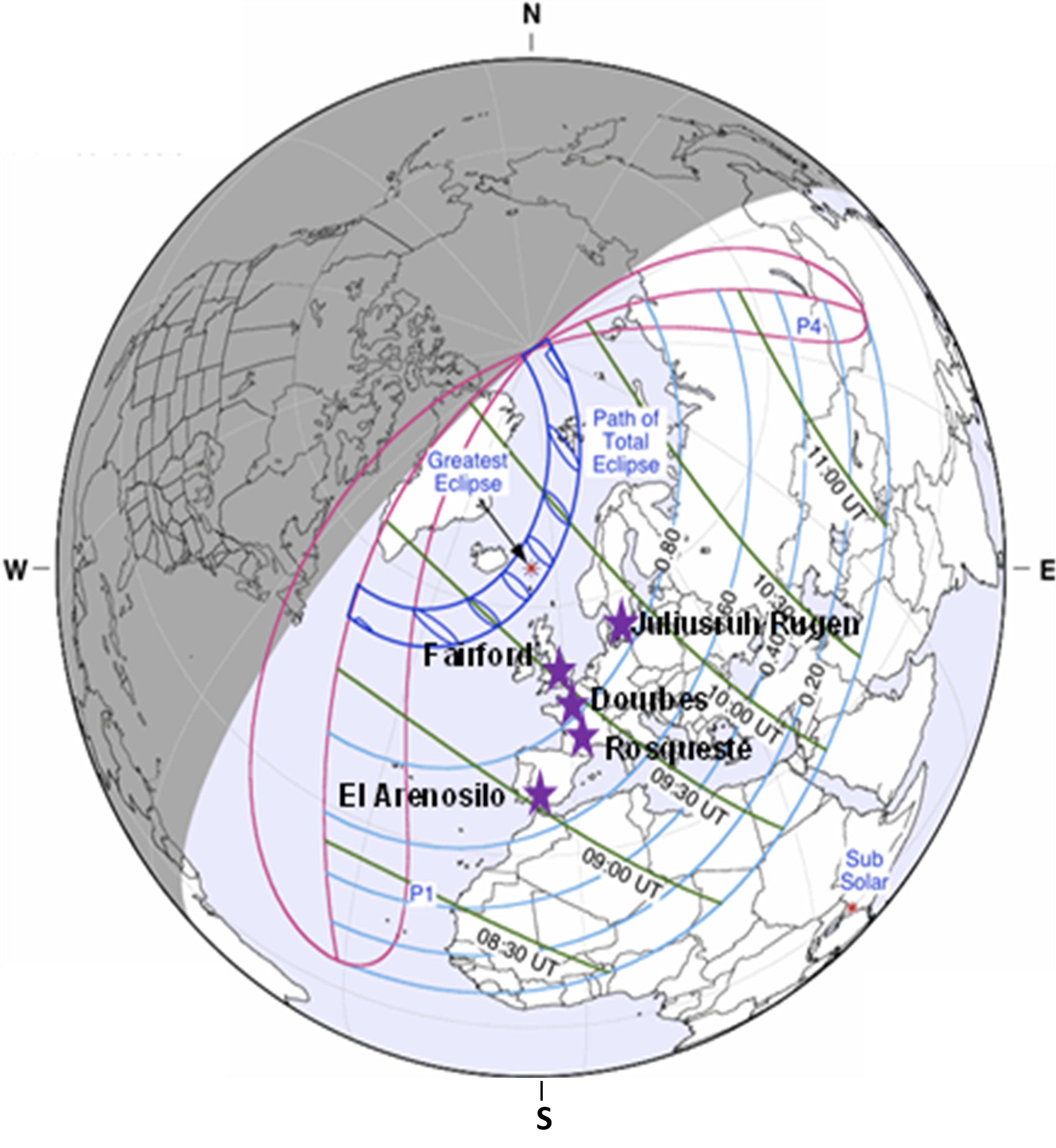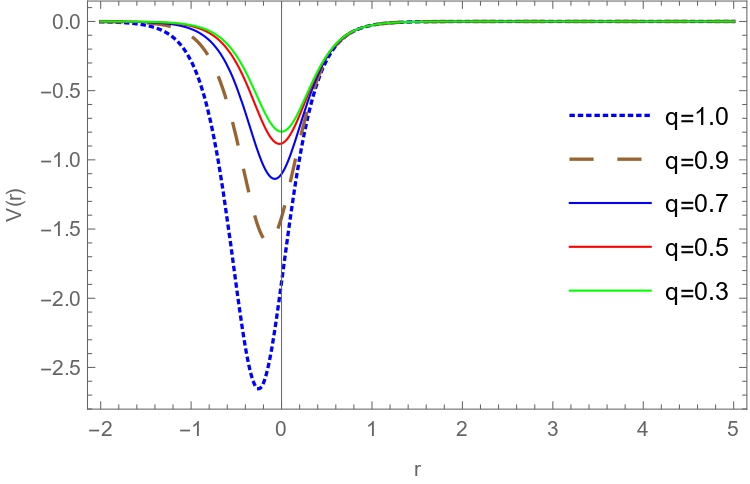Volume 7, Issue 2, May 2025
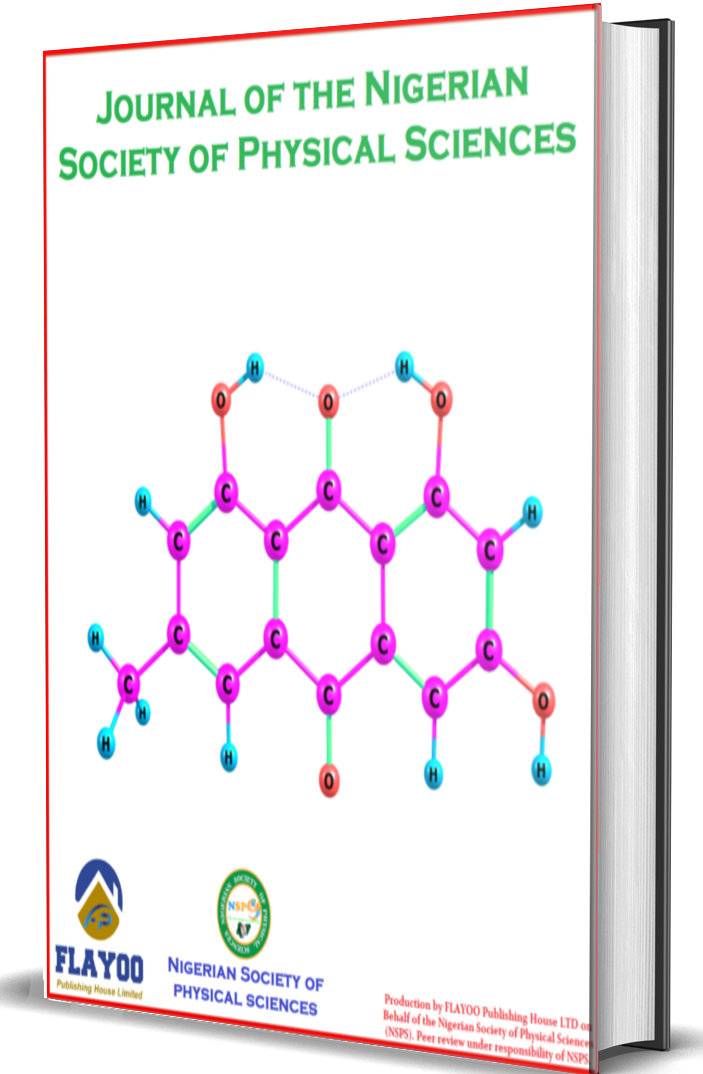
It is with great pleasure that we present to our readers the second issue of Volume 7 of the Journal of the Nigerian Society of Physical Sciences. This issue continues our commitment to disseminating high-quality, multidisciplinary scientific research across the full spectrum of the physical sciences.
In this edition, we showcase 24 peer-reviewed articles spanning six major disciplines—Chemistry, Computer Science, Earth Sciences, Mathematics & Statistics, Physics & Astronomy, and interdisciplinary health-related modeling. These contributions reflect not only the vibrancy of African-led research but also an increasing global collaboration in physical science innovations.
Highlights from this issue include a fascinating structural study on 2–(2–hydroxybenzoyl) hydrazinecarbothioamide ligand, alongside thermodynamic and biological investigations of its lanthanide complexes—advancing coordination chemistry and medicinal potential. In sustainable science, an impactful study explores biochar-based remediation of vancomycin-contaminated water, reinforcing the journal's advocacy for environmentally-conscious solutions.
Our Computer Science section features seven innovative papers, notably including a compiler-assisted quantum code generator and a DCNN-based pneumonia detector, both at the frontier of machine intelligence and quantum computation. These works illustrate the dynamic interface between theoretical computing and real-world medical and industrial applications.
The Earth Sciences section provides new insight into aerosol heating effects, radioactivity in solid waste dumpsites, and advanced 3D reservoir modeling in the Niger Delta, serving as critical tools for environmental monitoring and natural resource management.
Mathematical modeling remains a powerful theme throughout this issue. We introduce a new Maxwell-Log logistic distribution for mortality data and offer novel solutions to advection-diffusion equations relevant to air pollution dynamics. Also included is an analytical model for Malaria–Zika virus co-infection, demonstrating the crucial role of mathematical epidemiology.
In the Physics and Astronomy section, we present a statistical analysis of the q-deformed hyperbolic modified Pöschl–Teller potential, and a detailed investigation into photon/proton interactions with boron-based chemotherapeutic drugs, reaffirming the journal’s dedication to applied and theoretical physics that supports medical innovation.
This issue features contributions from authors affiliated with institutions across seven countries:
Nigeria, China, Malaysia, India, the United Kingdom, South Korea, and Thailand. This growing international presence is a testament to the journal’s expanding global relevance and appeal.
We commend all contributing authors, reviewers, and editorial staff for their efforts in making this issue a success. As the journal continues to grow in impact and visibility, we encourage our readers to engage, cite, and share this work, and to consider JNSPS for their future publications.
Together, let us continue to promote science that is rigorous, relevant, and responsive to societal needs.
B. J. Falaye, PhD, LNSPS
Editor-in-Chief, Journal of the Nigerian Society of Physical Sciences

